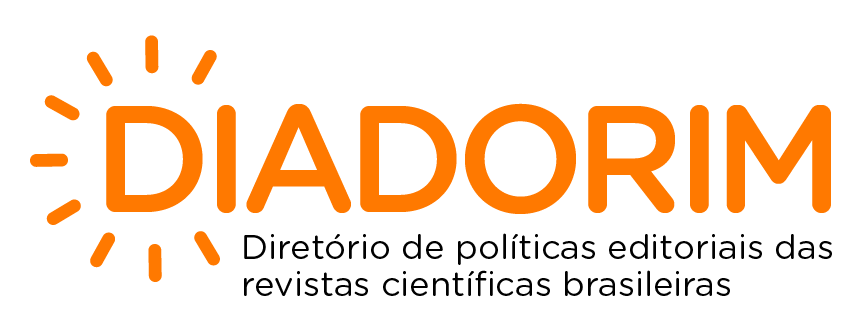Is the rate of force development scaling factor associated with the rate of agonist muscle activation scaling factor and the level of agonist-antagonist coactivation?
DOI:
https://doi.org/10.20338/bjmb.v17i5.368Keywords:
Muscle power, Neuromuscular quickness, Electromyography, Motor control, Cocontraction, CoordinationAbstract
BACKGROUND: Rate of force development scaling factor (RFD-SF) is used to assess neuromuscular quickness across submaximal levels. It has been suggested that such metric would be associated with the magnitude of the agonist muscle activation and with the level of simultaneous antagonist muscle group activation, i.e., agonist-antagonist coactivation.
AIM: To examine the associations between 1) the RFD-SF and the rate of agonist muscle activation scaling factor (RAgMA-SF) and 2) the RFD-SF and the agonist-antagonist coactivation.
METHOD: Eleven healthy and physically active subjects (7 men and 4 women, aged between 18 and 22 years) performed maximal strength tests of the knee extensors and flexors and a test that involved the production of brief submaximal force pulses of the knee extensors. The force exerted was recorded by a load cell and the electromyographic activities of the vastus lateralis and biceps femoris muscles were obtained during the tests. In the brief force pulses test, individuals were asked to produce around 120 submaximal force pulses that ranged between 20 to 80% of their maximum force value, while trying to produce each force pulse as fast as possible. The values of RFD-SF, RAgMA-SF of the vastus lateralis muscle, and a coactivation index (ICOA) were computed.
RESULTS: The RFD-SF is strongly associated with the RAgMA-SF (r=0.74; p=0.009) but not with the ICOA (r=0.29; p=0.38).
CONCLUSION: The RFD-SF is directly associated with the rate of agonist muscle activation and is not affected by the degree of coactivation between agonist and antagonist muscles.
Downloads
Published
How to Cite
Issue
Section
License
Copyright (c) 2023 Hebberty Saavedra-Barbosa, Mehmet Uygur, Paulo de Freitas

This work is licensed under a Creative Commons Attribution-NonCommercial-NoDerivatives 4.0 International License.
Authors must declare that the work submitted is their own and that copyright has not been breached in seeking its publication. If the manuscript includes work previously published elsewhere, it is the author(s) responsibility to obtain permission to use it and to indicate that such permission has been granted.
Authors retain the copyright of their paper and grant the Brazilian Journal of Motor Behavior (BJMB) the right to first publish the work under a Creative Commons Attribution-NonCommercial-NoDerivatives license (CC BY-NC-ND). This license allows users to share the paper given the appropriate credit to the author and source and does not allow commercial uses and derivative materials to be produced.



























